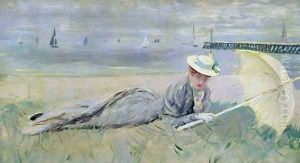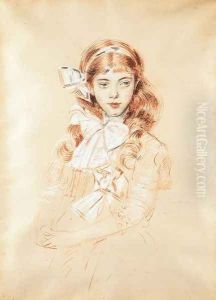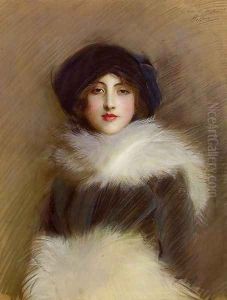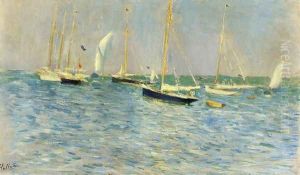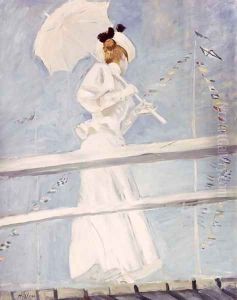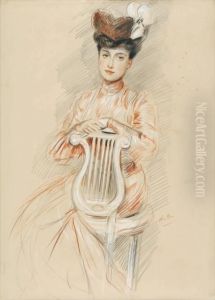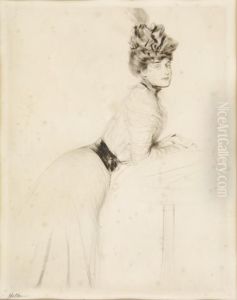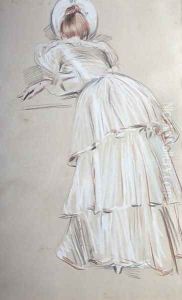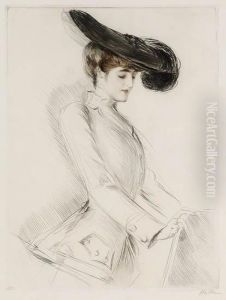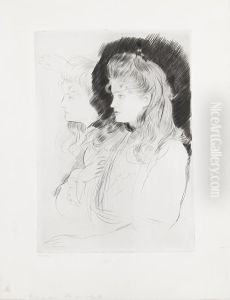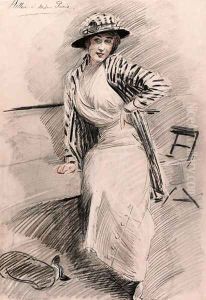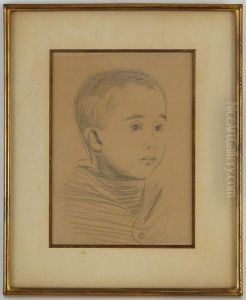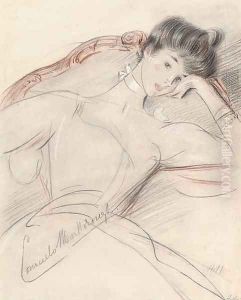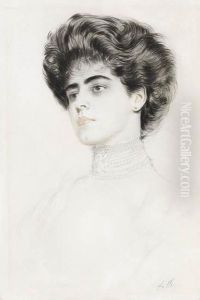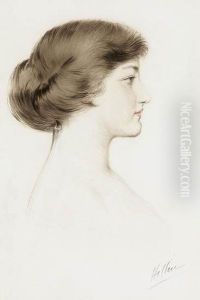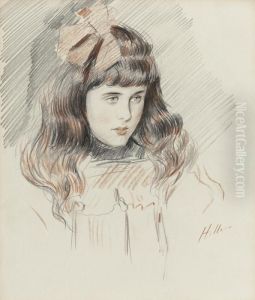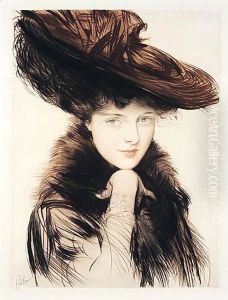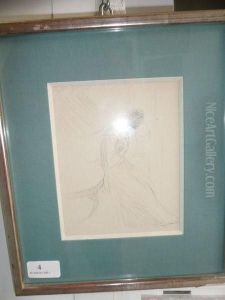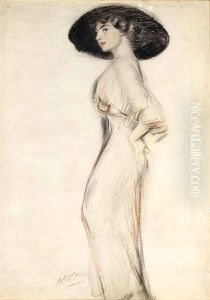Paul Cesar Helleu Paintings
Paul César Helleu was a French artist known for his elegant portraits of beautiful society women of the Belle Époque. He was born on December 17, 1859, in Vannes, Brittany, France. Helleu developed an interest in art at a young age and moved to Paris to pursue his passion. There, he studied at the École des Beaux-Arts under Jean-Léon Gérôme, a prominent academic painter of the time.
Helleu's early work was influenced by the Impressionists, particularly his friend Claude Monet, whom he met through his mentor, the painter John Singer Sargent. Despite these influences, Helleu's style was distinct, characterized by his use of drypoint etching, a technique that allowed him to create delicate lines and a soft appearance that was well suited to capturing the nuances of his subjects' faces and the textures of their clothing.
Throughout the 1880s and 1890s, Helleu became increasingly well-known for his portraits, and his subjects included many notable figures of Parisian high society. He was particularly renowned for his depictions of women, capturing their elegance and grace with a light and airy touch. His work was not limited to portraiture, however; Helleu also created decorative panels for interiors, designed glasswork, and was involved in the fashion world, illustrating for publications such as 'La Gazette du Bon Ton.'
Helleu's art was also notable for its association with the Art Nouveau movement, although he maintained a classical approach to composition and form. His interest in capturing the spirit of his era extended to the use of new technologies, as he was one of the first artists to experiment with color lithography.
Helleu continued to paint and exhibit his work into the early 20th century. However, after World War I, his style fell out of favor with the changing tastes of the art world, which began to embrace modernism and abstraction. Despite this decline in popularity, Helleu remained active in artistic circles until his death.
Paul César Helleu passed away on March 23, 1927, in Paris, leaving behind a legacy as a master of portraiture and a chronicler of the elegance of his time. His works are held in numerous public and private collections worldwide, and he is remembered for his contribution to capturing the essence of the Belle Époque through his art.
![[femme Au Chapeau]](https://www.niceartgallery.com/imgs/2314029/s/paul-cesar-helleu-femme-au-chapeau-1955faa.jpg)
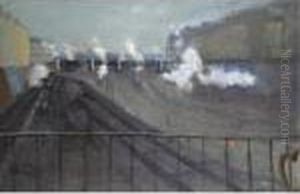
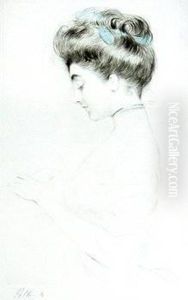
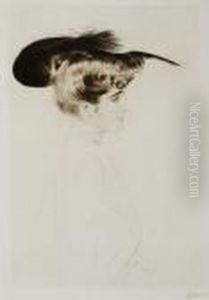
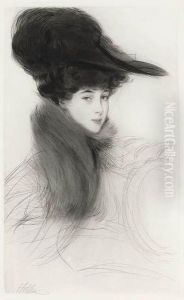
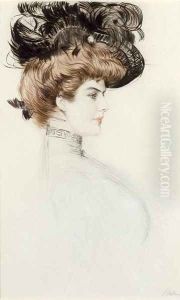
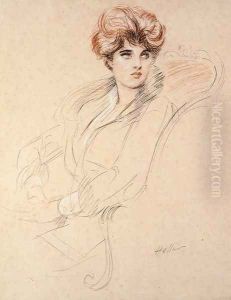
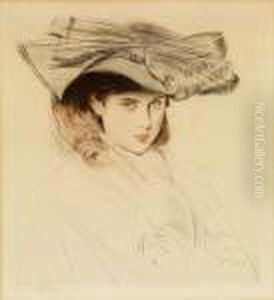
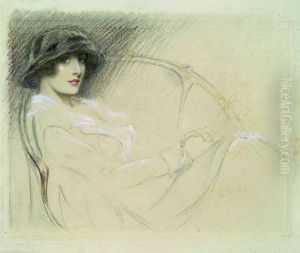
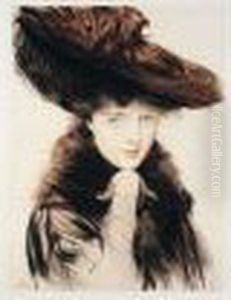
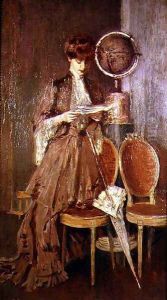
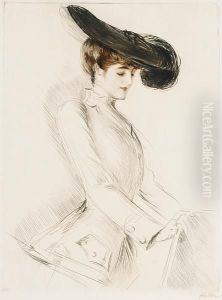
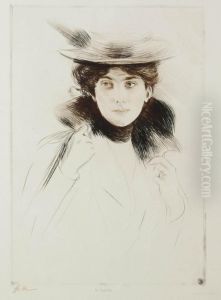
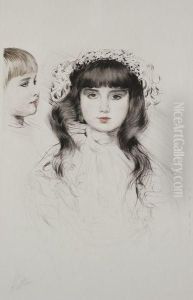
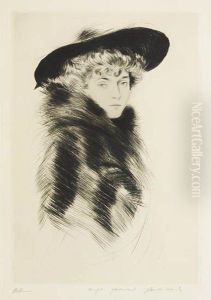
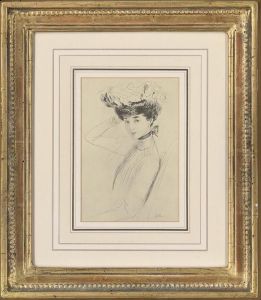
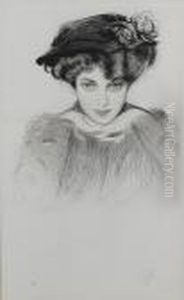
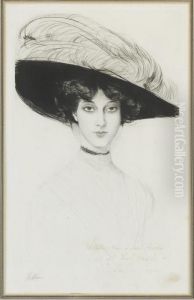
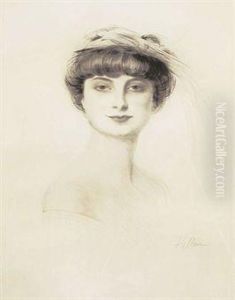
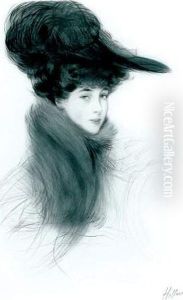
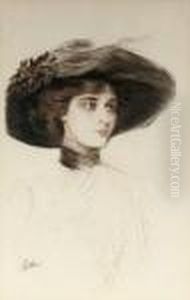
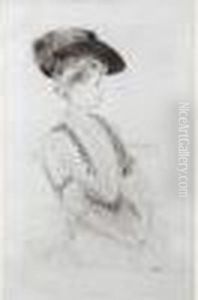
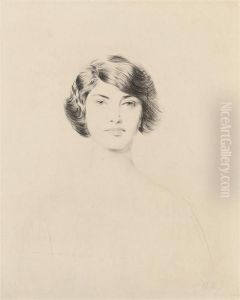
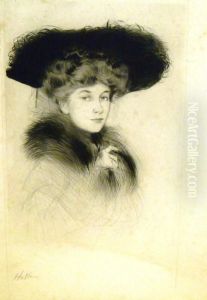
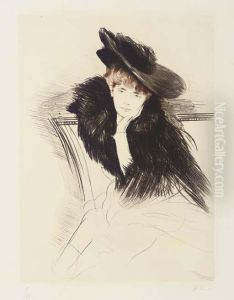
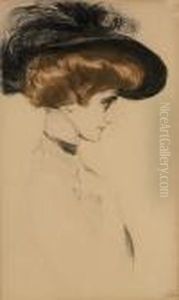
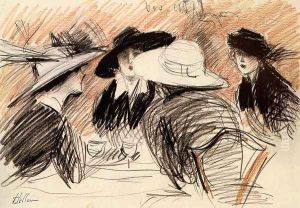
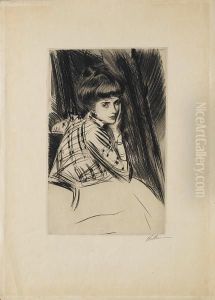
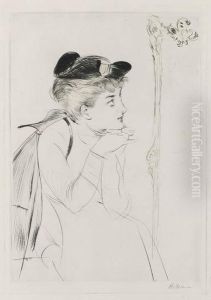
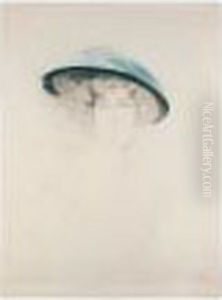

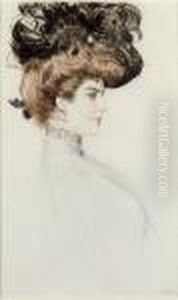
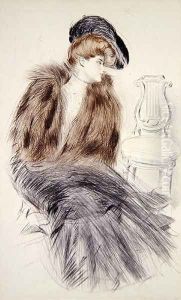
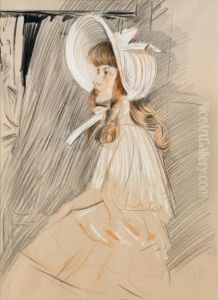
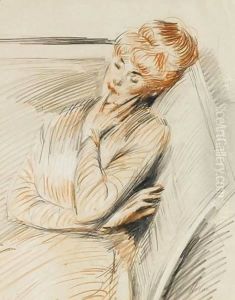
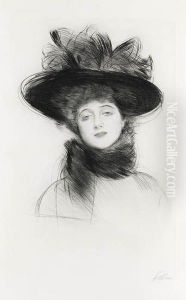
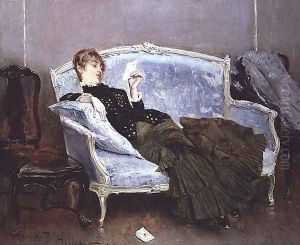
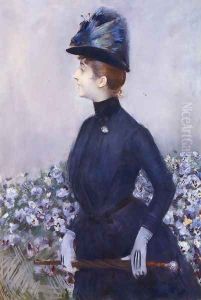
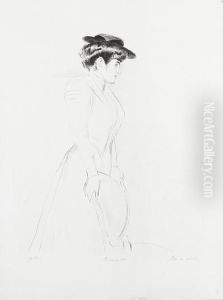
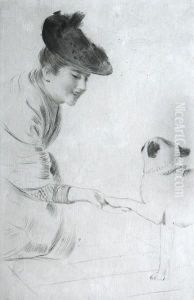
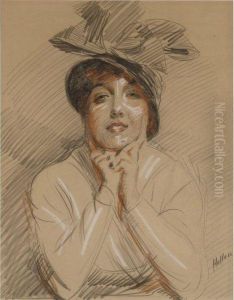
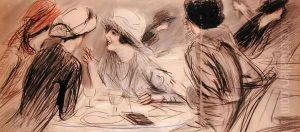
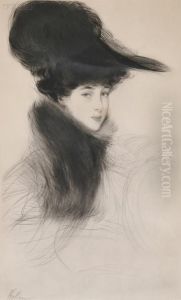
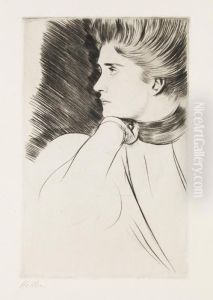
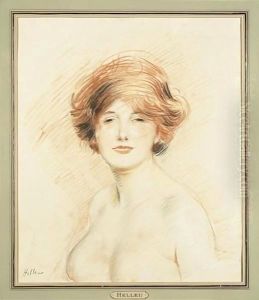
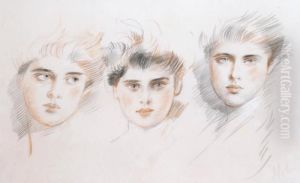
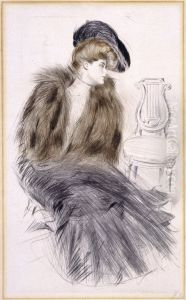
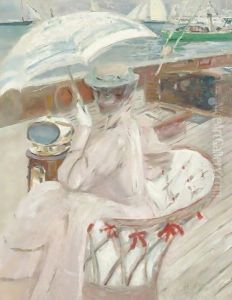
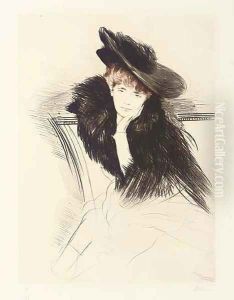
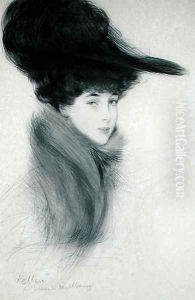
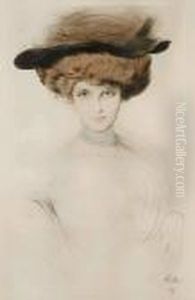
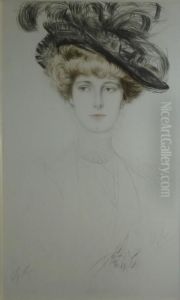
![[Woman in Black Hat]](https://www.niceartgallery.com/imgs/187267/s/paul-cesar-helleu-woman-in-black-hat-7619e0e5.jpg)
